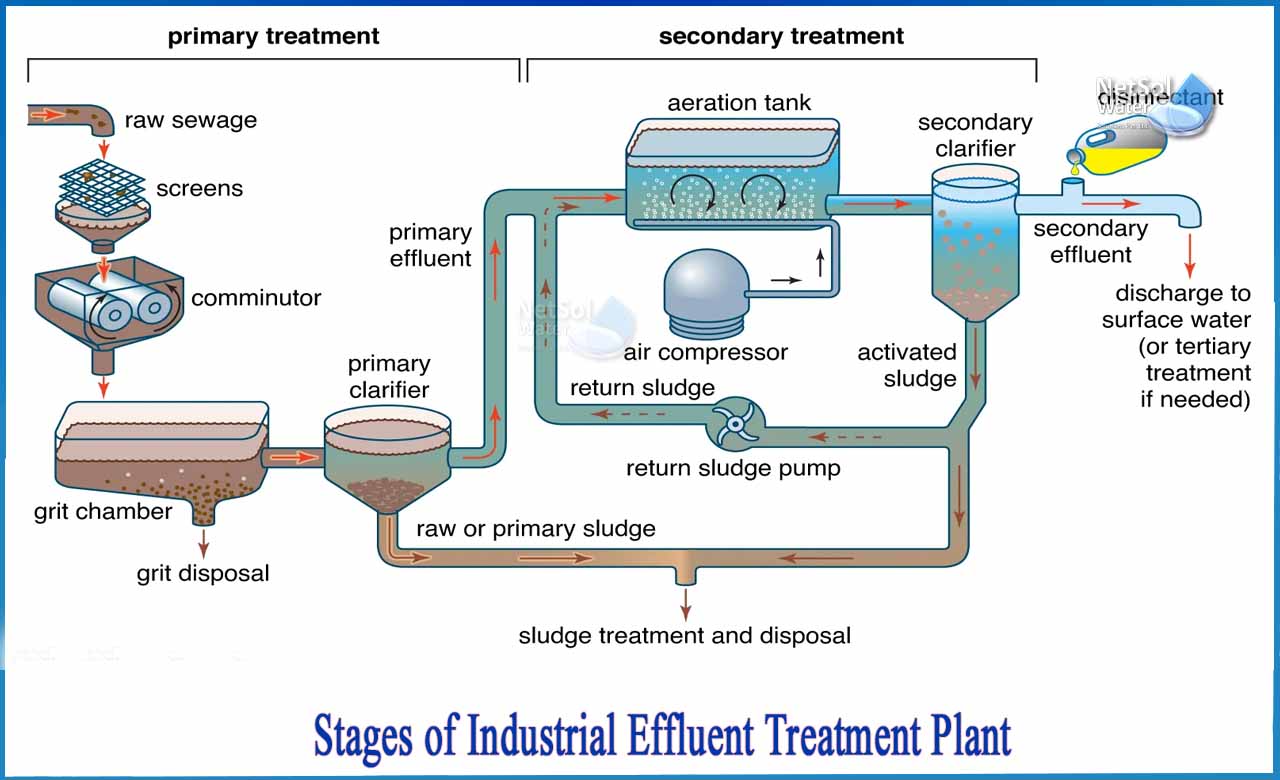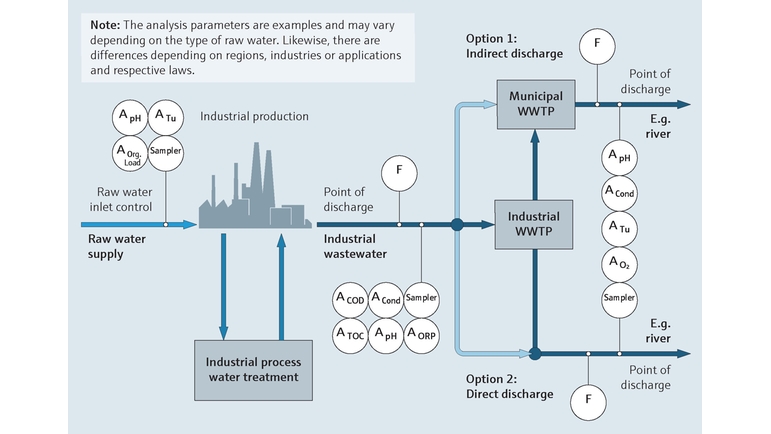Industrial Waste Water Treatment-- Cutting-Edge Technologies for Water Purification
Industrial Waste Water Treatment-- Cutting-Edge Technologies for Water Purification
Blog Article
Developments and Advances in Hazardous Waste Water Treatment Technologies
The landscape of commercial wastewater therapy is undertaking a transformative change, driven by innovations that enhance both efficiency and sustainability. As regulatory standards develop, the integration of AI and device knowing into wastewater administration systems guarantees to guarantee and improve operations compliance.
Overview of Drainage Therapy Technologies
Wastewater therapy innovations include a series of techniques developed to remove contaminants from industrial effluents before their release right into the setting. These technologies are critical for keeping eco-friendly balance and guaranteeing compliance with ecological guidelines. The primary categories of wastewater therapy include physical, chemical, and biological approaches, each serving distinct objectives based on the nature of the contaminants existing.

Organic therapy methods utilize microbes to degrade organic matter, making them especially reliable for organic-rich effluents. Techniques like activated sludge and biofilm reactors harness the all-natural destruction capacities of bacteria, resulting in considerable decreases in biochemical oxygen need (FIGURE)
Advanced Filtering Strategies
Advanced filtration methods stand for an essential development in the realm of industrial wastewater treatment, improving the efficiency of contaminant elimination procedures. Industrial Waste Water Treatment. These techniques include a variety of modern technologies, consisting of microfiltration, ultrafiltration, nanofiltration, and reverse osmosis, which offer sequential barriers for different bit sizes and chemical structures
Microfiltration and ultrafiltration utilize membrane systems to get rid of put on hold solids, microorganisms, and bigger natural molecules, enhancing the high quality of effluent prior to further treatment. Nanofiltration links the void in between ultrafiltration and reverse osmosis, efficiently removing divalent ions and organic compounds, therefore decreasing the load on downstream procedures.
Reverse osmosis supplies the highest degree of purification by allowing just water and little molecules to pass through its semi-permeable membrane layers, making it excellent for redeeming top notch water from industrial effluents. Recent innovations in membrane layer innovation, including the growth of more fouling-resistant and sturdy materials, have dramatically boosted operational efficiency and lowered expenses.
Incorporating these sophisticated filtration strategies not only enhances the general treatment procedure but likewise adds to sustainability initiatives by enabling water reuse and source recovery in commercial settings. (Industrial Waste Water Treatment)
Organic Treatment Advancements

In addition, the growth of engineered organic systems, such as membrane layer bioreactors (MBRs), integrates organic therapy with advanced membrane layer filtering. This integration enables higher effluent quality and lowered footprint, making it ideal for space-constrained commercial facilities. Technologies in genetically engineered microbes have additionally emerged, enhancing the biodegradation of certain contaminants, such as drugs and heavy steels, that are typically testing to remove.
In addition, the implementation of bioaugmentation approaches, where useful microbes are introduced to boost the existing biological therapy procedures, has revealed promising cause boosting treatment efficiency. These innovations collectively indicate a trend in the direction of even more sustainable and effective biological therapy methodologies that can adapt to the advancing complexities of industrial wastewater streams. As sectors proceed to focus on ecological compliance, these organic technologies will certainly play an essential function in wastewater monitoring.

Source Recuperation Methods
In industrial setups, the assimilation of resource recuperation techniques has come to be progressively important for enhancing sustainability and decreasing waste. These techniques concentrate on drawing out important products and energy from wastewater streams, therefore transforming potential contaminants into recyclable resources.
One famous method is vitamins and mineral healing, where nitrogen and phosphorus, often existing over in wastewater, are caught and transformed into plant foods. This not only minimizes environmental effects yet likewise gives a circular economic situation solution for farming applications. In addition, innovations such as anaerobic food digestion enable the conversion of organic waste right into biogas, a renewable resource resource that can offset nonrenewable fuel source usage in industrial operations.
Moreover, progressed filtration and membrane layer modern technologies facilitate the healing of commercial byproducts such as salts and metals. These visit this site right here recouped products can be reintegrated into production procedures, lowering the need for virgin resources.
Future Patterns in Drainage Monitoring
As sectors increasingly prioritize sustainability, try this the future of wastewater administration is readied to go through substantial transformations. Technological developments, such as expert system and artificial intelligence, will certainly enable more efficient tracking and administration of wastewater systems. These innovations can anticipate maintenance requirements, enhance treatment processes, and improve decision-making, eventually decreasing operational costs and environmental impact.
Moreover, the integration of circular economy concepts will certainly play a critical duty in wastewater administration. Industries are anticipated to move towards systems that not just treat wastewater but additionally recoup useful sources, such as nutrients, water, and energy. This transition will certainly decrease waste and advertise the reuse of materials, aligning with international sustainability objectives.
Emerging treatment strategies, such as membrane layer bioreactors and advanced oxidation processes, will certainly additionally improve the effectiveness of wastewater therapy, permitting better effluents ideal for reuse. Furthermore, regulatory structures are likely to evolve, stressing stricter standards for wastewater discharge and motivating industries to take on ingenious treatment remedies.
Final Thought
To conclude, the advancement of industrial wastewater therapy innovations demonstrates a substantial shift in the direction of enhanced performance and sustainability. Advancements in advanced purification techniques, organic treatments, and source recovery techniques highlight content the industry's dedication to ecological stewardship. The combination of fabricated intelligence and equipment knowing further enhances these procedures, guaranteeing governing compliance and promoting a round economy. Continued innovations in these areas will certainly play a crucial function in forming the future of wastewater management and safeguarding essential water resources.
The landscape of industrial wastewater treatment is going through a transformative change, driven by technologies that enhance both efficiency and sustainability.Wastewater treatment technologies incorporate an array of approaches created to get rid of impurities from industrial effluents before their release into the atmosphere.Taking advantage of the power of organic procedures has actually led to considerable advancements in the therapy of commercial wastewater.Furthermore, the application of bioaugmentation methods, where helpful germs are presented to improve the existing biological treatment processes, has revealed encouraging outcomes in enhancing treatment performance. These innovations collectively indicate a fad in the direction of more sustainable and efficient organic treatment methodologies that can adjust to the advancing intricacies of industrial wastewater streams.
Report this page